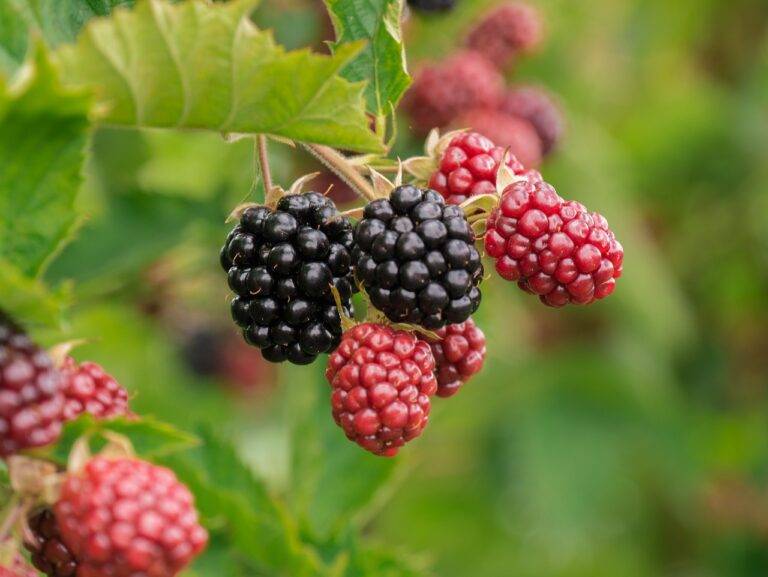Advancements in Vertical Farming and its Potential in the Food Industry
Vertical farming is a modern agricultural technique that involves growing crops in vertically stacked layers. This innovative method utilizes indoor environments to maximize crop yield in a controlled setting. By incorporating advanced technology such as hydroponic or aeroponic systems, vertical farming eliminates the reliance on traditional soil-based cultivation.
The concept of vertical farming is rooted in the necessity to address the challenges posed by urbanization and limited arable land. With this sustainable approach, crops can be grown year-round, reducing the impact of seasonal limitations on agricultural production. Additionally, vertical farming minimizes water usage by recycling and optimizing irrigation systems, making it an environmentally friendly solution to the food scarcity concerns of our time.
Vertical farming involves growing crops in vertically stacked layers
Utilizes indoor environments and advanced technology like hydroponic or aeroponic systems
Eliminates reliance on traditional soil-based cultivation
Addresses challenges posed by urbanization and limited arable land
Enables year-round crop production, reducing impact of seasonal limitations
Minimizes water usage through recycling and optimizing irrigation systems
The Evolution of Vertical Farming Technology
As vertical farming continues to gain momentum as a sustainable method of food production, technology has played a crucial role in its evolution. From its humble beginnings as a concept to its current status as a viable solution to global food insecurity, the technology utilized in vertical farming has undergone significant advancements over the years.
One of the most remarkable aspects of the evolution of vertical farming technology is the integration of automation and artificial intelligence. These technological innovations have enabled vertical farms to operate more efficiently and effectively, with minimal human intervention. By utilizing sensors, data analytics, and other smart technologies, vertical farming systems can optimize plant growth conditions, monitor crop health in real-time, and adjust environmental factors accordingly.
Benefits of Vertical Farming in the Food Industry
Vertical farming in the food industry offers numerous advantages, revolutionizing the way we produce and consume food. By growing crops in vertical layers, this innovative technique maximizes space utilization, making it possible to grow food in urban areas where land availability is limited. This not only reduces the need for extensive land use but also minimizes transportation costs and emissions associated with moving produce from rural farms to urban markets.
Furthermore, vertical farming mitigates the effects of climate change by providing a controlled environment that is independent of seasonal changes and adverse weather conditions. This means that crops can be grown year-round, ensuring a stable and consistent food supply. Additionally, vertical farms use significantly less water compared to traditional farming methods, making them more sustainable in the long run.
What is vertical farming?
Vertical farming is the practice of growing crops in vertically stacked layers or vertically inclined surfaces. This method of farming utilizes controlled environment agriculture technology to optimize plant growth.
How has vertical farming technology evolved over the years?
Vertical farming technology has evolved significantly in recent years with advancements in LED lighting, hydroponic systems, and automation. These innovations have made vertical farming more efficient and sustainable.
What are some benefits of vertical farming in the food industry?
Some benefits of vertical farming in the food industry include increased crop yield in a smaller footprint, reduced water usage compared to traditional farming methods, and the ability to grow crops year-round regardless of weather conditions.
How does vertical farming contribute to sustainability?
Vertical farming promotes sustainability by reducing the need for large amounts of land, water, and pesticides typically used in traditional agriculture. It also allows for local food production, reducing the carbon footprint associated with transporting food long distances.
Are there any challenges associated with vertical farming?
Some challenges of vertical farming include high initial costs for setting up the infrastructure, energy consumption for artificial lighting and climate control, and the need for skilled personnel to manage the technology effectively. However, advancements in technology are helping to address these challenges.







